This article was medically reviewed by Muhammad Khan, MD, MPH. Dr. Muhammad Khan is a Gastroenterologist, with over 10 years of experience. Dr. Khan specializes in Pediatric Gastroenterology, Hepatology, and Nutrition, and has a special focus in Therapeutic Endoscopy. He received his Bachelor’s, Master’s, and Doctorate of Medicine degrees from The University of Utah. Dr. Khan completed his residency training at Eastern Virginia Medical School, where he was inducted into the prestigious Alpha Omega Alpha honor society. He then completed his fellowship training at Lucile Packard Children’s Hospital at Stanford University. He is a Fellow of both the American Society of Gastrointestinal Endoscopy (ASGE) and the North American Society for Pediatric Gastroenterology, Hepatology, and Nutrition (NASPGHAN).
There are 8 references cited in this article, which can be found at the bottom of the page.
This article has been viewed 27,689 times.
Dealing with gallstones can be really uncomfortable. Fortunately, there are a few straightforward ways to prevent or remove them. The gallbladder is a small organ located just beneath your ribcage on the right-hand side of your body. Gallstones (hard particles that form in the gallbladder) can become painful if they shift internally and block 1 of your bile ducts. If left untreated, gallstones can cause constant aches or knife-like pain on the right side of the abdomen after a meal (in a condition called “biliary colic”). You can manage the pain through NSAID medications, but surgery is usually required to remove painful gallstones.[1]
Steps
Remedying Gallbladder Pain
-
1Take over-the-counter NSAIDs to ease the gallstone pain. Non-steroidal anti-inflammatory drugs, such as ibuprofen or naproxen, are a great way to stop pain in your gallbladder. These medications are sold over the counter in the pharmacy section of nearly all drug stores and supermarkets. NSAIDs include ibuprofen, paracetamol, and aspirin.
- Follow the directions printed on each drug's packaging and take the medication as directed. Adults taking NSAIDs like ibuprofen should not ingest more than 1200mg daily.
- NSAIDs can help relieve the pain from biliary colic and reduce the chances of further complications.[2]
-
2Ask your doctor for a prescription to stop muscle spasms. Stomach cramps just beneath your rib cage are an unpleasant but typical side effect of gallstone pain and biliary colic. If you're experiencing this symptom, visit your general practitioner. Describe your symptoms and ask if they can write you a prescription for a medication that relaxes the gallbladder and stops muscle spasms.
- Confirm with your doctor or a pharmacist that it's safe to take NSAIDs and muscle-cramp medications at the same time. If it's not, the doctor may ask you to stop taking the NSAIDs.
Advertisement -
3Use prescribed antibiotics if you develop an internal infection. Once a gallstone blocks your bile duct, the duct begins to swell up and may lead to inflammation of the gallbladder. If this continues long enough, it's not uncommon for the duct itself to become infected. If your general practitioner suspects that you've developed an internal infection, they'll prescribe you an antibiotic to combat the infection.[3]
- Read the medicine label carefully and take the antibiotics as directed.
-
4Ask your doctor about medication for a cholesterol-based gallstone. Gallstones can be formed from a variety of substances, and some are made entirely from cholesterol. Unlike other gallstone elements, cholesterol can be dissolved. If your doctor is able to determine that you have a cholesterol-based gallstone, they may prescribe you a medication to dissolve the stone.[4]
- Your doctor may not advise this method, even if you gallstone is cholesterol-based. The medication works slowly and it can take years for the stone to dissolve.
- Even once the stone has been dissolved, there's nothing to prevent another gallstone from forming later.
-
5Break the gallstone apart through shock wave dissolution. This process—medically known as “lithotripsy”—will involve a doctor using a small sonic transmitter to beam sound waves through the wall of your abdomen and into the gallbladder. The sound waves will break apart the gallstone into multiple tiny pieces.[5] Although the procedure is fast and painless, it may not be effective on all types of gallstones.
- Once the stone has been broken apart, it'll move safely through the bile duct and into the digestive system, where it will be broken down.
Removing the Gallbladder Surgically
-
1Ask your doctor about surgery if gallbladder pain becomes severe. In many cases, gallstones are painless and cause no symptoms. So, doctors often advise a “watch and wait” approach: only take medical action if and when gallstones become painful or cause other symptoms. If you experience frequent abdominal pain, visit your doctor and discuss your surgery options.[6] Also discuss surgery if you notice symptoms including:
- A yellow tint to your skin and the whites of your eyes
- Nausea (often accompanied by vomiting)
- Fever, sweating, and shivering
-
2Undergo a “keyhole” surgery to remove your gallbladder. If symptoms from your gallstone are severe, your doctor or an abdominal surgeon will need to perform a surgery to remove the stone. In a so-called keyhole surgery, the surgeon will make a 2–3 cm (0.79–1.18 in) incision near your navel and other 1 centimetre (0.39 in) incisions near your gallbladder. The surgeon will then insert a laparoscope and surgically remove your gallbladder.[7]
- A laparoscope is a thin, flexible tube with a camera and light on 1 end.
- The procedure—known as a laparoscopic cholecystectomy—is quick and only takes 60–90 minutes. You'll be put under a general anesthetic for the duration of the operation. Since the surgery isn't very invasive, it's typically an outpatient procedure. You should recover fully within 10 days.
-
3Have an open gallbladder surgery if you are obese or pregnant. For obese individuals or pregnant women with a gallstone, keyhole surgery may not be an option. In either instance, the doctor will perform an open surgery by making a 10–15 cm (3.9–5.9 in) incision near your gallbladder. The surgeon will then surgically extract your gallbladder.[8]
- Since this is a relatively major surgery, you'll be fully anesthetized.
- Open surgery (called a cholecystectomy) is a serious procedure. You'll be kept in the hospital for 5 days following the surgery, and won't fully recover for about 6 weeks.
Preventing Future Gallstones
-
1Schedule regular checkups with your primary care provider. Anyone over 18 should see their physician at least once a year for a general physical checkup. This will give the doctor a chance to feel your abdomen and note any swellings or tenderness around your abdomen. Tell your doctor if any part of your abdomen has been sore.
- If you don't see your doctor at least 1 time per year, you'll run the risk of having a gallstone and not knowing about it.
-
2Exercise every day to reduce your cholesterol. Cholesterol buildup in the gallbladder is 1 of the primary causes of gallstones. Daily exercise is a great way to reduce cholesterol buildup and to moderate the amount of cholesterol in your body. Try to do a low-stress type of exercise like walking for at least 20–30 minutes each day.[9]
- If you don't live in an area where you can walk much outside, try running on a treadmill, swimming, or jumping rope.
-
3Eat a healthy diet rich in whole grains and vegetables. Moderating your diet is a great way to prevent gallstones from building up in the first place. A diet that includes whole foods, whole grains, and plenty of vegetables and fruits will allow your gallbladder to create healthy bile that doesn't develop gallstones.[10] Eat daily servings of foods like:[11]
- Kale, collard greens, and other leafy veggies
- Whole-grain bread, cereal, or bagels
- Oranges, apples, and other sweet fruits
-
4Avoid fatty meats and foods high in cholesterol. Fatty, red meats are high in cholesterol and can cause your gallbladder to create gallstones.[12] If you must eat red meat, select a lean cut since these have lower cholesterol. Also cut processed foods (especially meat) out of your diet as much as possible. Try eating fish, which is naturally low in cholesterol, instead of other meats.[13] Other foods that are rich in cholesterol include:
- Shellfish and liver
- Cheese and eggs
- Butter and yogurt
Expert Q&A
-
QuestionWhat foods are good to eat when your gallbladder is acting up?
 Muhammad Khan, MD, MPHDr. Muhammad Khan is a Gastroenterologist, with over 10 years of experience. Dr. Khan specializes in Pediatric Gastroenterology, Hepatology, and Nutrition, and has a special focus in Therapeutic Endoscopy. He received his Bachelor’s, Master’s, and Doctorate of Medicine degrees from The University of Utah. Dr. Khan completed his residency training at Eastern Virginia Medical School, where he was inducted into the prestigious Alpha Omega Alpha honor society. He then completed his fellowship training at Lucile Packard Children’s Hospital at Stanford University. He is a Fellow of both the American Society of Gastrointestinal Endoscopy (ASGE) and the North American Society for Pediatric Gastroenterology, Hepatology, and Nutrition (NASPGHAN).
Muhammad Khan, MD, MPHDr. Muhammad Khan is a Gastroenterologist, with over 10 years of experience. Dr. Khan specializes in Pediatric Gastroenterology, Hepatology, and Nutrition, and has a special focus in Therapeutic Endoscopy. He received his Bachelor’s, Master’s, and Doctorate of Medicine degrees from The University of Utah. Dr. Khan completed his residency training at Eastern Virginia Medical School, where he was inducted into the prestigious Alpha Omega Alpha honor society. He then completed his fellowship training at Lucile Packard Children’s Hospital at Stanford University. He is a Fellow of both the American Society of Gastrointestinal Endoscopy (ASGE) and the North American Society for Pediatric Gastroenterology, Hepatology, and Nutrition (NASPGHAN).
Board Certified Gastroenterologist A low-fat diet is one of the best ways to prevent gallbladder-associated pain, since the gallbladder is more active when processing fatty foods.
A low-fat diet is one of the best ways to prevent gallbladder-associated pain, since the gallbladder is more active when processing fatty foods. -
QuestionWhen should you go to the doctor for gallbladder pain?
 Muhammad Khan, MD, MPHDr. Muhammad Khan is a Gastroenterologist, with over 10 years of experience. Dr. Khan specializes in Pediatric Gastroenterology, Hepatology, and Nutrition, and has a special focus in Therapeutic Endoscopy. He received his Bachelor’s, Master’s, and Doctorate of Medicine degrees from The University of Utah. Dr. Khan completed his residency training at Eastern Virginia Medical School, where he was inducted into the prestigious Alpha Omega Alpha honor society. He then completed his fellowship training at Lucile Packard Children’s Hospital at Stanford University. He is a Fellow of both the American Society of Gastrointestinal Endoscopy (ASGE) and the North American Society for Pediatric Gastroenterology, Hepatology, and Nutrition (NASPGHAN).
Muhammad Khan, MD, MPHDr. Muhammad Khan is a Gastroenterologist, with over 10 years of experience. Dr. Khan specializes in Pediatric Gastroenterology, Hepatology, and Nutrition, and has a special focus in Therapeutic Endoscopy. He received his Bachelor’s, Master’s, and Doctorate of Medicine degrees from The University of Utah. Dr. Khan completed his residency training at Eastern Virginia Medical School, where he was inducted into the prestigious Alpha Omega Alpha honor society. He then completed his fellowship training at Lucile Packard Children’s Hospital at Stanford University. He is a Fellow of both the American Society of Gastrointestinal Endoscopy (ASGE) and the North American Society for Pediatric Gastroenterology, Hepatology, and Nutrition (NASPGHAN).
Board Certified Gastroenterologist You should definitely see a doctor or gastroenterologist if you have frequent gallbladder pain. Medical professionals can do tests to pinpoint the cause of the pain and perform specialized surgeries, if necessary.
You should definitely see a doctor or gastroenterologist if you have frequent gallbladder pain. Medical professionals can do tests to pinpoint the cause of the pain and perform specialized surgeries, if necessary.
Warnings
- Don't put off treating a painful gallstone. If a stone is left untreated for too long, it can cause the pancreas, bile duct, or the gallbladder itself to swell up and become infected. As with any internal infection, this poses a serious health problem.⧼thumbs_response⧽
References
- ↑ https://my.clevelandclinic.org/health/diseases/7313-gallstones
- ↑ https://www.ncbi.nlm.nih.gov/pmc/articles/PMC5081554/
- ↑ https://www.nhs.uk/conditions/gallstones/complications/
- ↑ https://familydoctor.org/condition/gallstones/
- ↑ https://www.hopkinsmedicine.org/health/conditions-and-diseases/gallstone-disease-treatment
- ↑ https://www.hopkinsmedicine.org/health/conditions-and-diseases/gallstone-disease-treatment
- ↑ https://my.clevelandclinic.org/health/diseases/7313-gallstones
- ↑ https://www.nhs.uk/conditions/gallstones/treatment/
- ↑ https://www.niddk.nih.gov/health-information/digestive-diseases/gallstones/treatment
- ↑ Muhammad Khan, MD, MPH. Board Certified Gastroenterologist. Expert Interview. 24 August 2021.
- ↑ https://www.niddk.nih.gov/health-information/digestive-diseases/gallstones/treatment
- ↑ Muhammad Khan, MD, MPH. Board Certified Gastroenterologist. Expert Interview. 24 August 2021.
- ↑ https://my.clevelandclinic.org/health/diseases/7313-gallstones


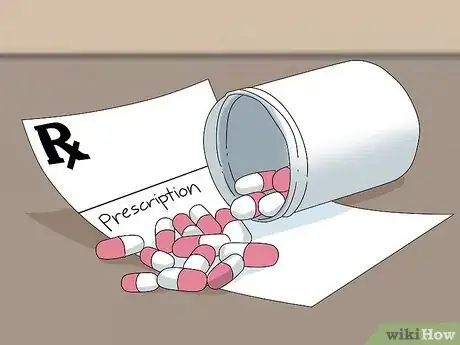

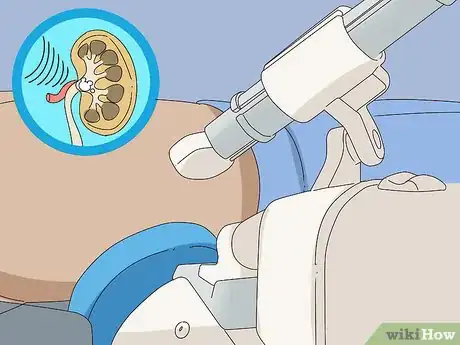
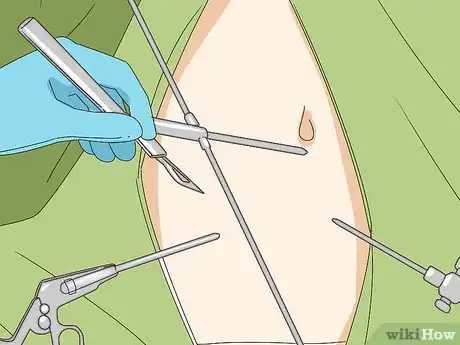
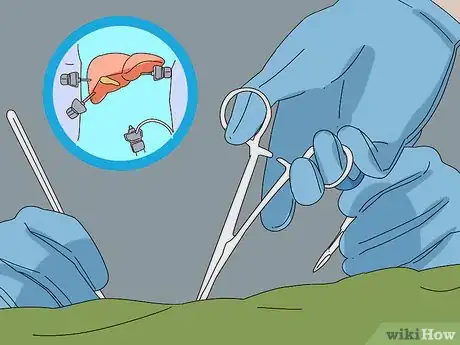
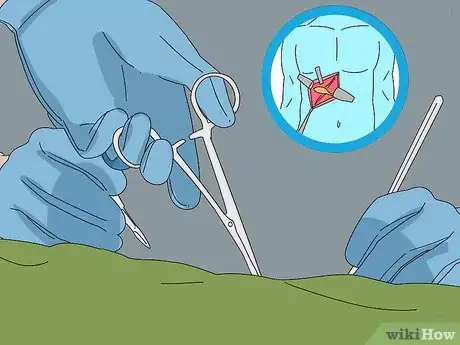
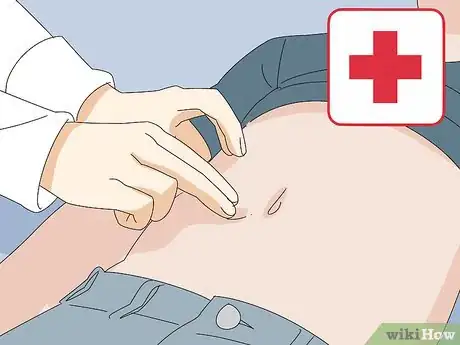
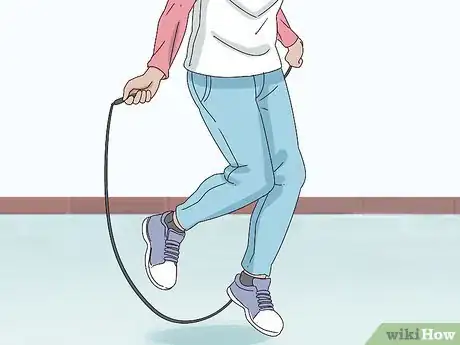
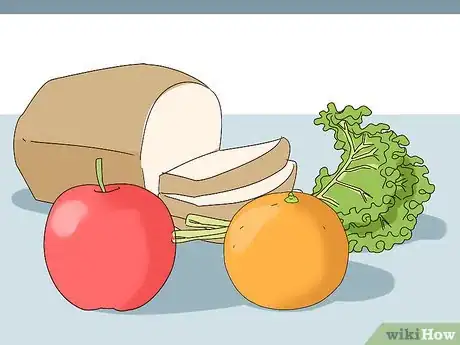


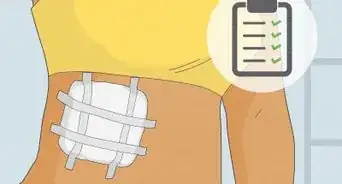
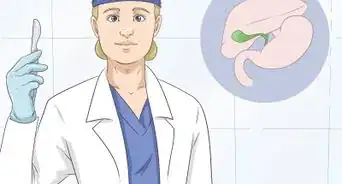

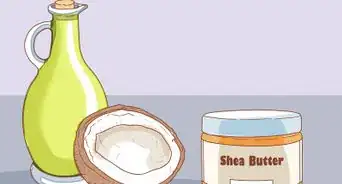
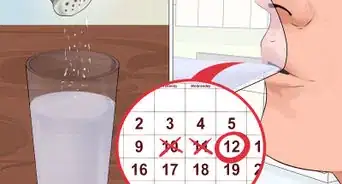


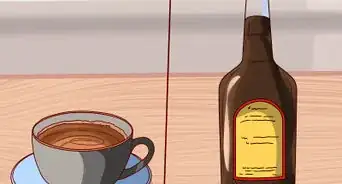







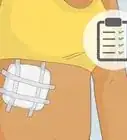
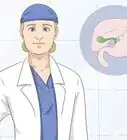
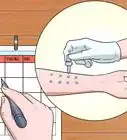
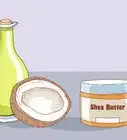



































Medical Disclaimer
The content of this article is not intended to be a substitute for professional medical advice, examination, diagnosis, or treatment. You should always contact your doctor or other qualified healthcare professional before starting, changing, or stopping any kind of health treatment.
Read More...